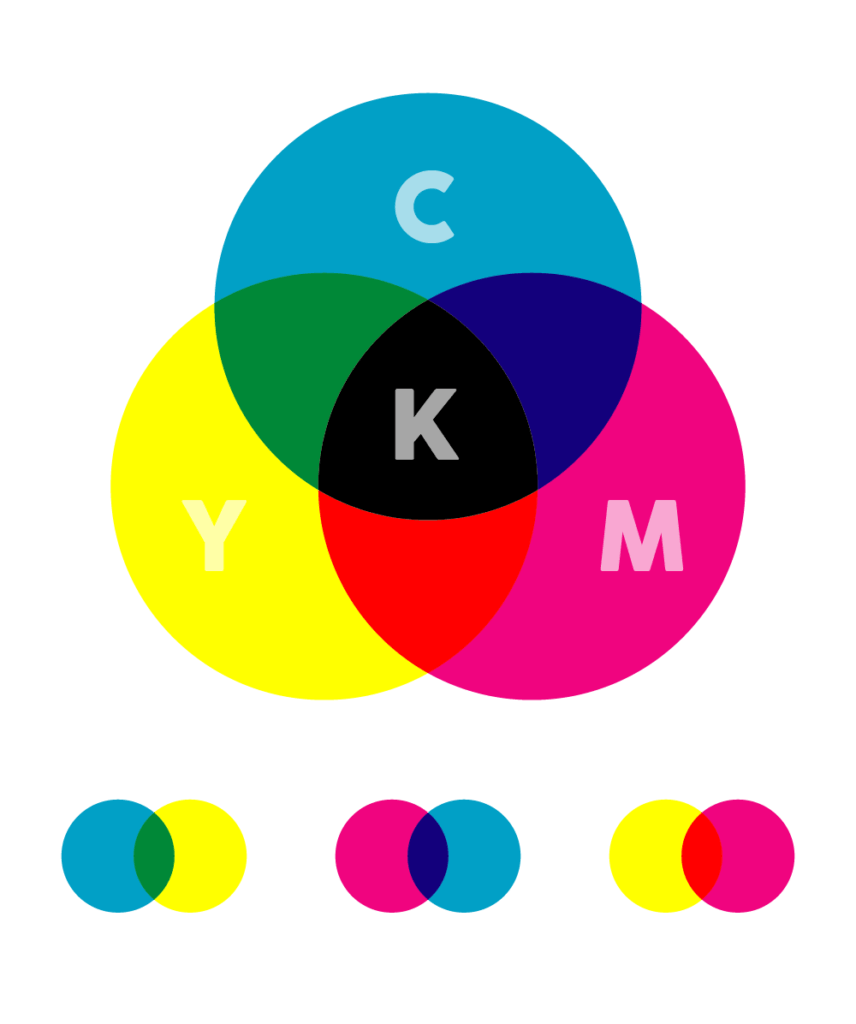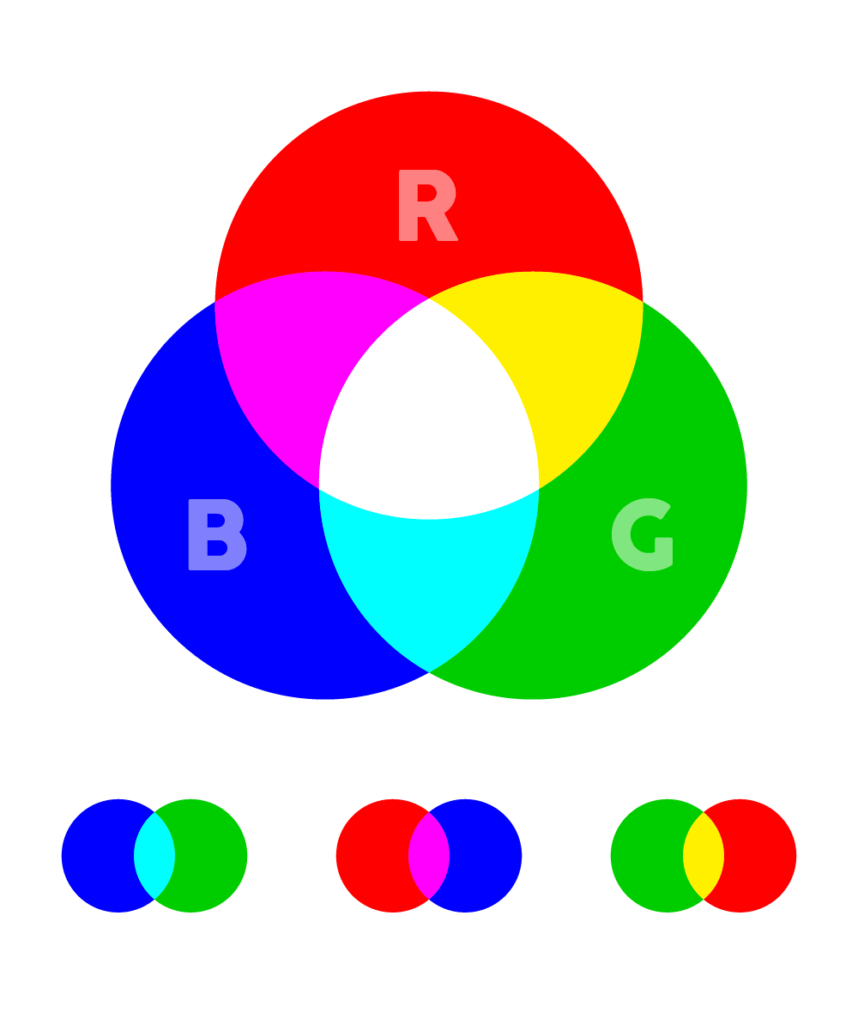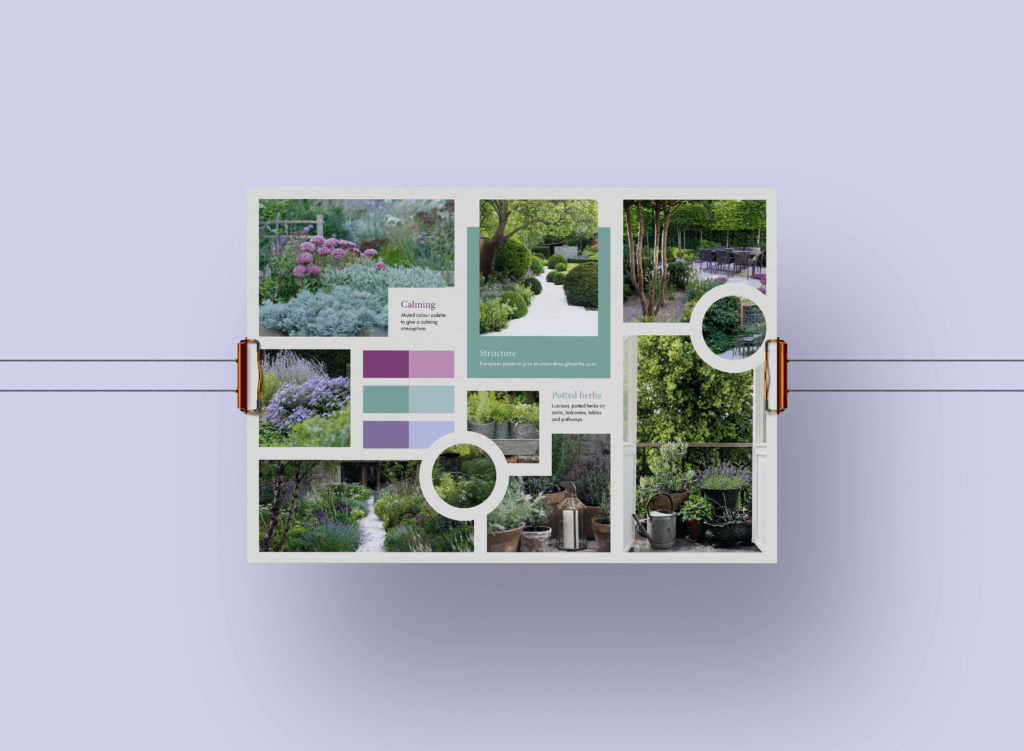You’ve probably heard of CMYK and RGB, maybe even PMS. But what on earth do they mean? They are all different colour systems used in the design and print world, so here is our handy quick reference to summarise each one:
CMYK
The CMYK colour system is made up of Cyan (blue), Magenta (pink), Yellow and Key (black) which are overlaid each other, in different quantities, in order to create different colours. CMYK is the standard colour profile for printing. When all colours are mixed together, a rich black is produced.
Summary:
- CMYK is used for printed materials
- CMYK colours do not appear as RGB, as RGB does not benefit from a lit screen

RGB
The RGB colour system is made up of Red, Green and Blue and offers the widest range of colours and is used by digital devices and screens. RGB colours use light to make the colours bright. If you mix them all together you would get pure white.
Summary:
- RGB is used for digital deliverables
- RGB is used to produce bright colours as it uses light from a screen

Pantone (PMS)
PMS stands for Pantone Matching System and is a standardised colour matching structure. Pantone uses a specific numbering system to identify colours accurately. This allows colours to always appear exact and consistent as their set colour values allow them to be correctly matched with their corresponding RGB or CMYK colours. This ensures that a colour looks the same each time it’s produced.
Summary:
- Pantone is used to accurately match colours to a set standard
So, next time someone mentions a colour system, you’ll by the guru, and if you’re still not feeling confident, here’s is a helpful infographic.
If you want to know more about the technical side of design, check out our file format blog.


